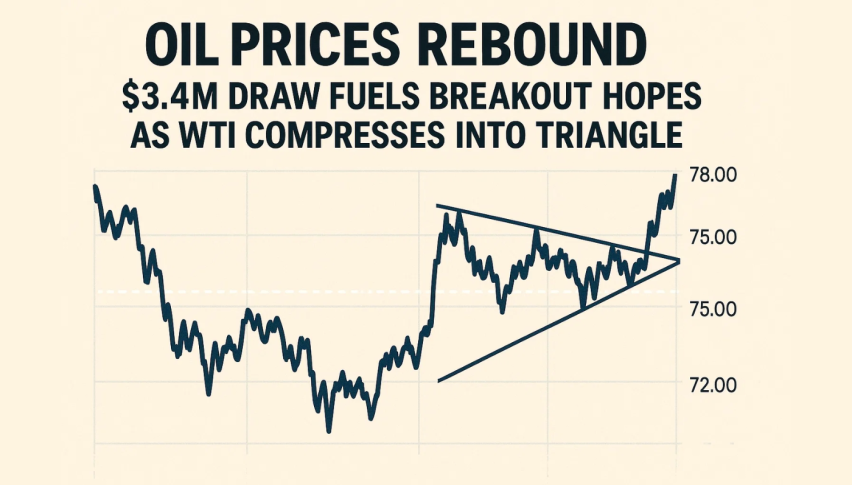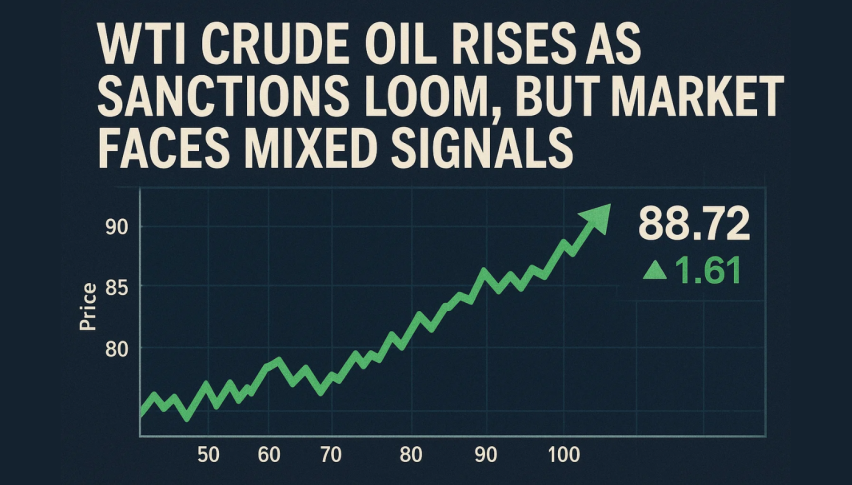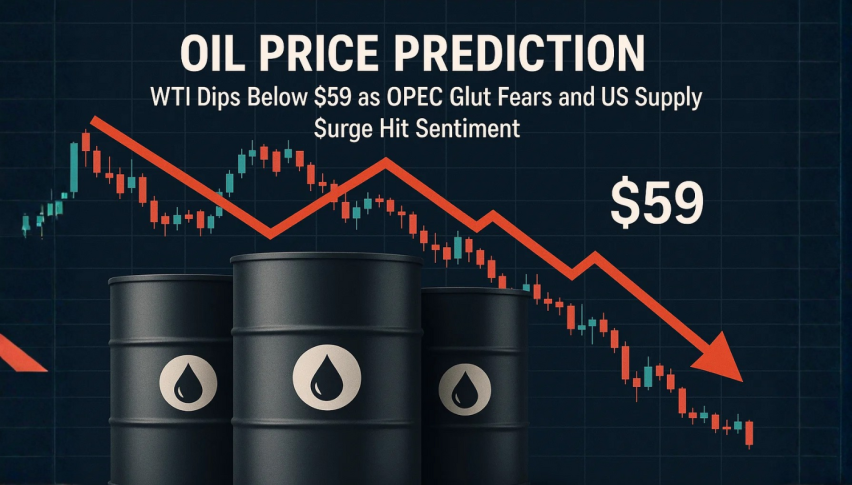Brent Eyes $65–$66 Surge: Russian Oil Adrift as US Sanctions Bite Harder
US sanctions that took effect on Friday could leave nearly 48 million barrels of Russian crude oil stranded at sea,

Quick overview
- US sanctions could leave nearly 48 million barrels of Russian crude oil stranded at sea, prompting tankers to seek alternative destinations.
- The US has blacklisted major oil producers Rosneft and Lukoil to increase pressure on Russia amid the Ukraine conflict.
- Brent crude prices have shown resilience but are limited by concerns over sanction enforcement and a potential global surplus.
- Indian refiners are actively seeking replacement supplies, driving freight rates for Middle Eastern oil to a five-year high.
US sanctions that took effect on Friday could leave nearly 48 million barrels of Russian crude oil stranded at sea, forcing numerous tankers to search for alternative destinations.
The U.S. government made one of its most aggressive moves to date last month by blacklisting major oil producers Rosneft PJSC and Lukoil PJSC as President Donald Trump seeks to increase pressure on the Kremlin over the conflict in Ukraine.

Brent crude has remained within a narrow range of $62 to $66 this month, showing resilience but lacking upward momentum. Following the sanctions, prices increased by 5% to approximately $65.87 in late October. However, concerns about the enforcement of these sanctions and an anticipated global surplus have limited further gains. If disruptions persist, Brent may test the $65 to $66 range, but an abundance of supply could lead to a decline towards $62.
Moving forward, it will be important to monitor buyer compliance and Russian export volumes (as reported by Kpler). This situation illustrates how targeted sanctions can affect trade flows without necessarily raising price benchmarks.
The U.S. Treasury stated earlier this week that these actions have already been effective, citing reduced demand and discounts on key Russian oil grades. With the restrictions now in place, Indian refiners are actively seeking replacement supplies and scheduling oil tankers for Middle Eastern cargoes at a rate that has driven freight rates for this route to nearly a five-year high. Meanwhile, traders are closely monitoring potential buyers for Lukoil and Rosneft crude oil that is already en route.
Moscow has prioritised loading because it wants to keep oil flowing. As a result, seaborne shipments have remained substantial, at about 3.4 million barrels per day.
Even in the biggest markets in Asia, not all of these barrels will necessarily find a home. Since the invasion of Ukraine in 2022, China and India have absorbed the majority of Russia’s exports, and they still maintain close relations with Moscow. However, as the US increases pressure on any entity that facilitates Russian exports, both nations are also cautious about becoming entangled in impending secondary sanctions. The amount of oil that reaches refiners will depend on the severity of those limitations and Washington’s willingness to implement them.
- Check out our free forex signals
- Follow the top economic events on FX Leaders economic calendar
- Trade better, discover more Forex Trading Strategies
- Open a FREE Trading Account


